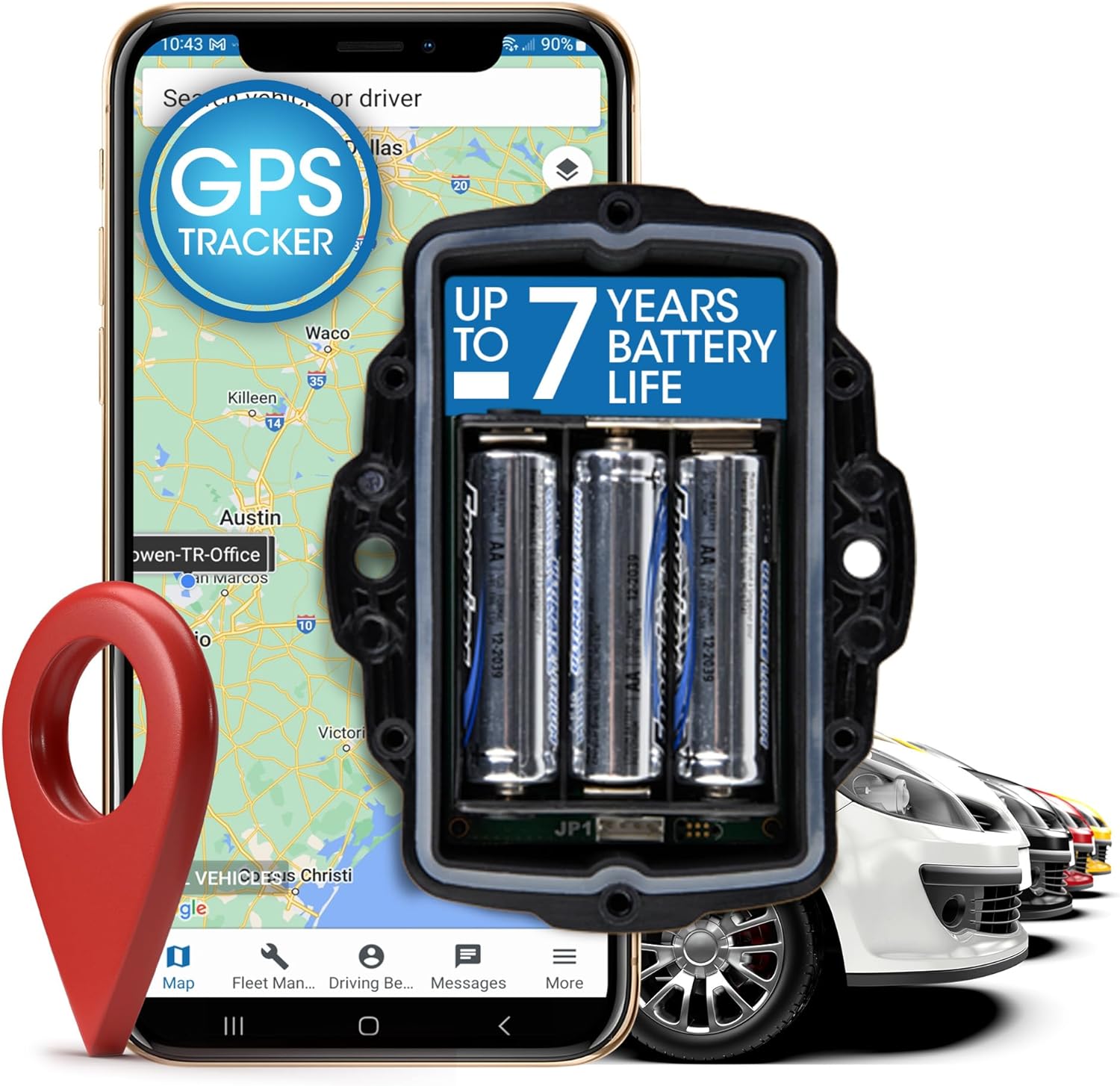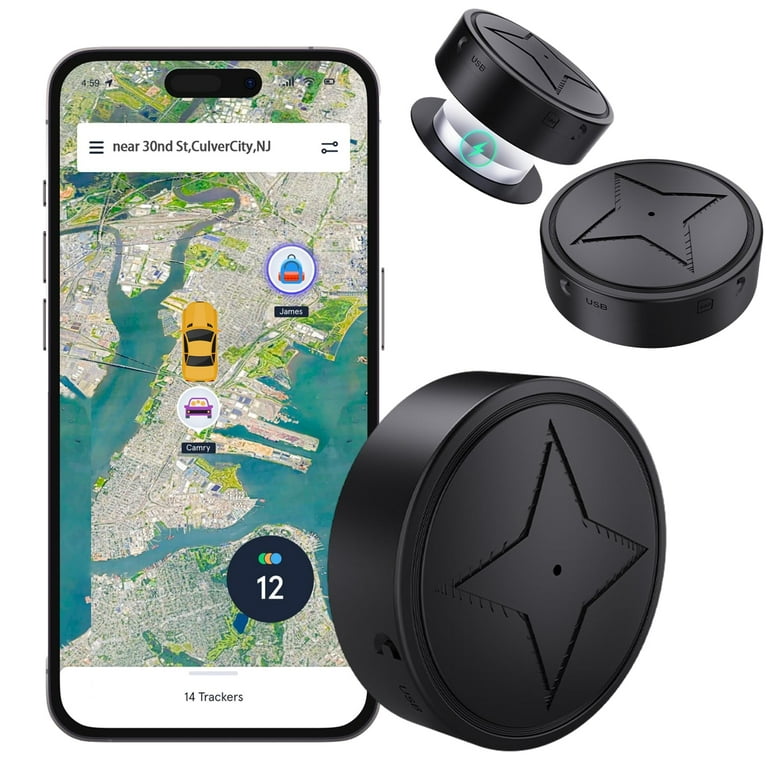Maximizing Effectiveness With GPS Tracking: Methods for Fleet Monitoring and Asset Tracking
In the realm of fleet administration and property tracking, the application of GPS radar has actually become a foundation for improving operational performance and productivity. By using the power of real-time information, organizations can simplify their logistics, maximize routes, and improve overall fleet performance. The real prospective lies not just in the execution of these modern technologies yet also in the strategic usage of the insights they provide. From boosting vehicle driver safety and security to making educated decisions based on extensive data analytics, the opportunities are large. As we explore the numerous methods and methods to maximize efficiency with GPS tracking, a world of opportunities opens to redefine just how companies manage their fleets and monitor their properties.
Implementing Real-Time Monitoring Solutions
To make the most of operational performance, companies can carry out real-time monitoring systems that offer instant location data for their possessions. By using GPS innovation, businesses can gain real-time understandings into the whereabouts of their vehicles, devices, and various other beneficial sources. This degree of exposure allows business to simplify procedures, enhance productivity, and boost general efficiency.
Real-time tracking systems offer numerous benefits for business across numerous markets. With the ability to check properties continuously, organizations can enhance transmitting, timetable upkeep better, and decrease the risk of theft or loss. These systems enable companies to respond quickly to any kind of unanticipated events or disruptions, ensuring marginal downtime and optimum efficiency.
Carrying out real-time tracking systems calls for cautious planning and consideration of particular company needs. Business need to pick the ideal modern technology supplier, personalize the system to satisfy their requirements, and give appropriate training to staff members. By buying real-time monitoring solutions, companies can stay in advance of the competition, supply remarkable customer support, and achieve lasting development in today's busy market atmosphere.
Maximizing Route Planning and Scheduling

One secret method for maximizing path preparation is to use historic data and real-time details to identify the most effective paths for vehicles. By evaluating past courses and taking into consideration variables such as web traffic patterns and shipment home windows, companies can develop timetables that reduce unneeded stops and delays. Furthermore, executing dynamic routing capabilities permits for changes to be made in real-time based on altering conditions, making certain that chauffeurs constantly take the most efficient course to their destination.
Enhancing Driver Performance and Safety And Security
Enhancing motorist performance and safety and security is extremely important in making certain the smooth and protected operation of a fleet. By using GPS monitoring modern technology, fleet supervisors can keep an eye on vehicle driver actions in real-time and supply immediate feedback to promote secure driving practices. This consists of surveillance speed limitations, harsh stopping, velocity patterns, and adherence to traffic regulations.
Moreover, general practitioner radar can help in determining drivers who might require extra training or go to this web-site support to enhance their efficiency (gps tracking). By evaluating information on driving patterns and behaviors, fleet supervisors can execute targeted training programs to resolve certain areas of improvement. This proactive strategy not just enhances overall chauffeur performance yet also adds to a much safer job atmosphere for everyone included
In addition to performance tracking, general practitioner monitoring systems can also enhance chauffeur safety by providing emergency support attributes. In the event of a mishap or breakdown, chauffeurs can swiftly send out distress signals, enabling fleet managers to react immediately and send off aid when required. On the whole, integrating GPS tracking modern technology into fleet administration strategies is critical for optimizing chauffeur performance and making sure the security of both properties and motorists.

Utilizing Geofencing for Improved Security
Making the most of fleet safety and security exceeds keeping an eye on chauffeur efficiency and security; one efficient approach is through from this source the tactical usage of geofencing technology. Geofencing enables fleet supervisors to establish online limits or geozones around specific locations, enabling them to obtain real-time notifies when automobiles enter or leave these marked locations. By establishing geofences around high-risk areas such as construction sites, unauthorized locations, or perhaps client locations, fleet managers can enhance protection procedures and alleviate potential threats.
Geofencing not only enhances safety and security however also makes it possible for quick reaction times in situation of unapproved lorry usage or burglary. In case of a violation, notifies can be sent out to fleet managers, enabling them to take instant activity to find and recover the lorry. Furthermore, geofencing can assist in monitoring car movement throughout off-hours, ensuring that vehicles are not being used for unauthorized purposes.
Integrating GPS Data for Strategic Decision-Making
Utilizing GPS information combination is essential for notified strategic decision-making in fleet administration operations. By incorporating GPS information into fleet monitoring systems, services can gain beneficial understandings right into their procedures, resulting in more efficient courses, boosted motorist actions, and much better overall performance. With the combination of GPS data, fleet managers can track car places in real-time, monitor gas usage, and evaluate vehicle driver performance metrics such as rate, idling time, and extreme stopping.
Additionally, integrating GPS information permits the optimization of paths based on traffic conditions, climate patterns, and other outside aspects, helping to decrease shipment times and functional prices. By assessing historical GPS information, fleet managers can identify fads, patterns, and areas for enhancement, allowing them to make data-driven decisions that boost productivity and simplify procedures.
Final Thought
In final thought, the see here now execution of GPS radar can significantly enhance effectiveness in fleet administration and property surveillance. By making use of real-time monitoring, maximizing path preparation, boosting motorist performance, making use of geofencing for protection, and integrating GPS information for calculated decision-making, companies can improve operations and accomplish price savings (gps tracking). These methods make it possible for organizations to streamline processes, boost productivity, and eventually optimize the overall effectiveness of their operations
In the realm of fleet management and property monitoring, the utilization of General practitioner tracking systems has come to be a foundation for enhancing operational effectiveness and productivity. As we explore the various strategies and strategies to take full advantage of efficiency with GPS tracking, a globe of opportunities opens up to redefine how companies handle their fleets and check their assets.
By making use of General practitioner monitoring modern technology, fleet supervisors can keep an eye on motorist habits in real-time and offer instant feedback to promote secure driving techniques. With the assimilation of GPS data, fleet managers can track vehicle areas in real-time, screen gas usage, and assess chauffeur performance metrics such as rate, idling time, and harsh stopping.
In conclusion, the execution of General practitioner monitoring systems can greatly enhance performance in fleet administration and asset surveillance.